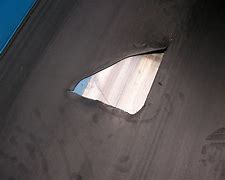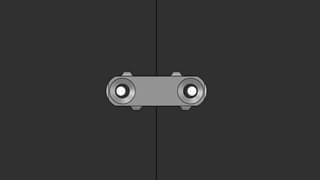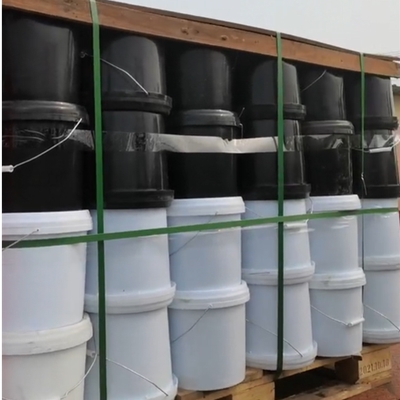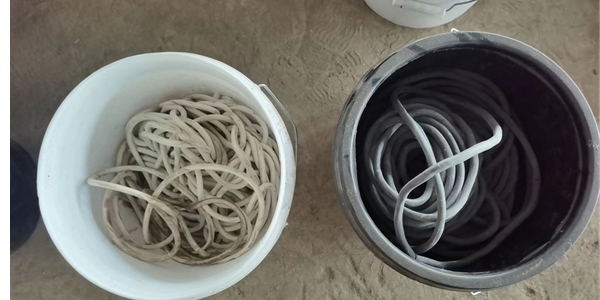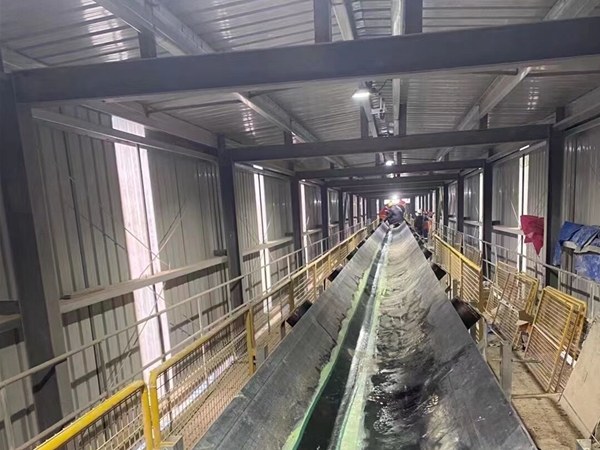One of your belt rollers broke, cracked, and turned into a huge pizza cutter, causing a huge gap in your belt. Your operations are at a standstill. Either you have no budget for maintenance personnel to repair, or they have not arranged visits because they are understaffed. What’s happening in the world today. But you are about to meet the deadline, you can’t take a break.
It’s time to fix your belt with torn repair fasteners.
We did receive a lot of questions about crack repair, and we also got a lot of feedback from operators around the world on how to maximize effort and reduce the time when installing fasteners. Therefore, I contacted our on-site technicians, training experts, and regional managers, and made a list of “notices” for crack repair.
1. Things Your Need to Do
Be aware that you can install tear-repair fasteners from the top or bottom of the belt, depending on where your tear is. Unlike conventional splicing installation, tear repair does not require the use of templates, and only one fastener needs to be installed at a time, so there is no need to drag all tools to the upper part of the seat belt to complete the work.
Be sure to use fasteners as templates to mark holes. The punching is off the outer edge to ensure that the belt is tightened when the plate is fixed.
Install the fasteners from one end and work towards the other end. For traditional splicing, we recommend starting from both ends and starting from the middle. If you want to repair the crack, install the fasteners in order from one end to the other.
When using patches, first use fasteners on the corners, and then use fasteners on the corners. This will secure the patch so that you can proceed with the tear repair.
DO separates your fasteners according to the material you are transporting. The spacing should not allow any material to penetrate. For finer materials, such as sand, space the fasteners closer together. If using Turtle #16 fasteners, please change the distance between each fastener from 4 to 6 inches to achieve the best results until you can get a more durable solution.
Install the three-bolt tear repair fastener perpendicular to the edge of the belt to pass the pulley smoothly.
When installing tear repair fasteners, use appropriate tools to maintain the integrity of the belt body, including hand-held or power tools, punches or drills, wrenches, and bolt circuit breakers.
The end of the bolt and the belt should be ground flat. Tip: You can use a grinder to speed up the process of breaking the bolt. You can also use a grinding wheel instead of a plate, just create a small groove in the nut to match the cracked chisel to remove it quickly and easily. Just don’t let the grinder break the belt.
2. Things Can’t Do
Do not install three bolts longitudinally on the belt to tear the repair fasteners. In order to run more smoothly on the pulley, the three-bolt tear repair fastener is always applied transversely to the belt.
Do not use three-bolt fasteners to repair groove joints. They are too big to bend when it grooves and causes greater damage to the belt pressure.
Do not use tear repair fasteners to repair more than 25% of the belt width laterally. If you have a belt that has suffered so much damage, cut the damaged belt and install a new mechanical belt fastener joint.
Do not use three-bolt crack repair or turtle-shaped fasteners to connect the two ends of the belt together as a complete joint. Turtle fasteners are not suitable for this, three-bolt fasteners should not move longitudinally on the pulley.
3. Suggestion
My last and most important advice is to make sure you use the right fasteners to repair your cracks. For quick and easy tear repair, we recommend Beltcare repair fasteners, which can provide belt thicknesses from ¼ to 1/4″ thick (6mm to 32mm). When using extra-long bolts, the maximum belt thickness is 2″ (50mm)). They provide mismatched plate compression and guide bolts for quick and easy installation. Beltcare even provides a Rip repair kit, which contains all the tools and fasteners you need to fix your belt, and come back and run at any time.

